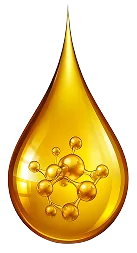
Mixing: Blend the feedstock with methanol to serve as a catalyst.

Reaction: Potentially heat the mixture to an optimal temperature. In this case, we typically heat to around 60-65°C. After completion of heating, consistently maintain the same temperature for several hours, to result in complete conversion.

Separation: Let the mixture settle first, which could easily enable the separation of methyl ester and glycerol due to its difference in density between the components.
Methyl ester is an eco-friendly compound resulting from the reaction of fatty acids with methanol. It is recognized for its excellent biodegradability, low toxicity, and high lubricity, making it a valuable ingredient in multiple industries.

Key Applications
Biodiesel Production
Serves as a source of primary component in renewable, cleaner-burning fuel.
Surfactants
Utilized in detergents, soaps, and emulsifiers for their lathering and cleansing effectiveness.
Lubricants
Enhances consistent lubrication process in industrial and automotive sectors for their applications, which reduces friction and wear.
Solvents
It comes out handy to remain an effective biodegradable replaceable choice in the paint industry, especially used for coatings, and chemical formulations.
Methyl Ester includes several steps:
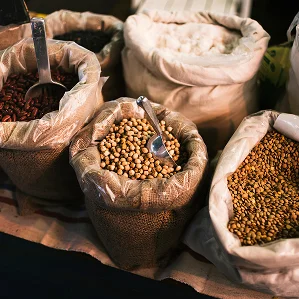
Step 1: Feedstock Selection
Description: Select a suitable feedstock rich in triglycerides. The common choices consist of vegetable oils (e.g., soybean, palm), animal fats, and used cooking oil.
Key Considerations: Feedstock quality, availability, cost, and sustainability.
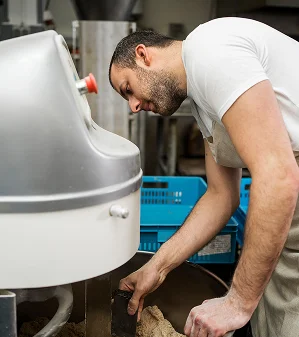
Step 2: Feedstock Preparation
Description: Clean and set ready the feedstock by removing water, solid particles, and unwanted fatty acids.
Process: This includes filtration, degumming, and neutralization to enhance process efficiency.
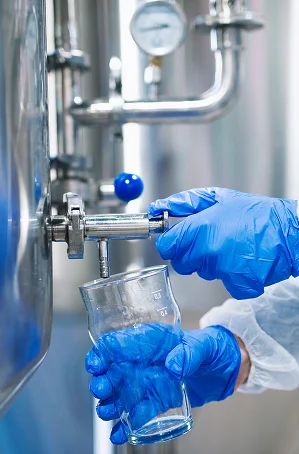
Step 3: Transesterification
Description: A chemical reaction process where triglycerides react with methanol in the presence of a catalyst (typically sodium hydroxide or potassium hydroxide) to produce methyl ester and glycerol.
Process Steps:

Step 4: Methyl Ester Purification
Description: The crude methyl ester runs through a purification process to remove impurities and excess methanol if found.
Processing Steps Include:

Washing: Rinse methyl ester using water to avoid remnants of any residual methanol. It is also followed through to eliminate traces of catalyst, if any, and to rule out other impurities that may be found.

Drying: Eliminate any residual moisture left by using drying agents. Other advanced techniques, such as rotary evaporation, are also used in the drying process.
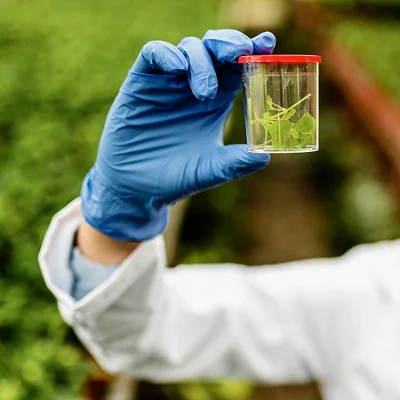
Step 5: Quality Assurance
Description: Conduct rigorous testing thoroughly to certify that the methyl ester meets industry standards such as ASTM D6751 or EN 14214.
Parameters Tested: The parameters of testing include viscosity, density, flash point, and free fatty acid content.
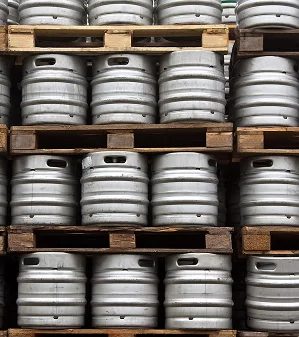
Step 6: Storage and Distribution
Description: Store the methyl ester in secure containers designed to maintain purity and stability.
Considerations: Only choose materials that are resistant to corrosion and UV light, and ensure proper labeling and handling procedures.
Looking to increase your oil extraction operations? Contact us immediately to discuss your project expressing your concerns and apprehensions. We will solve each one of them. clearing your way. Join the elite engineering group to witness what we speak and let us deliver innovative, high-performance solutions tailored to your needs.
